‘A Good Toy’: The Everson Gyrocopter
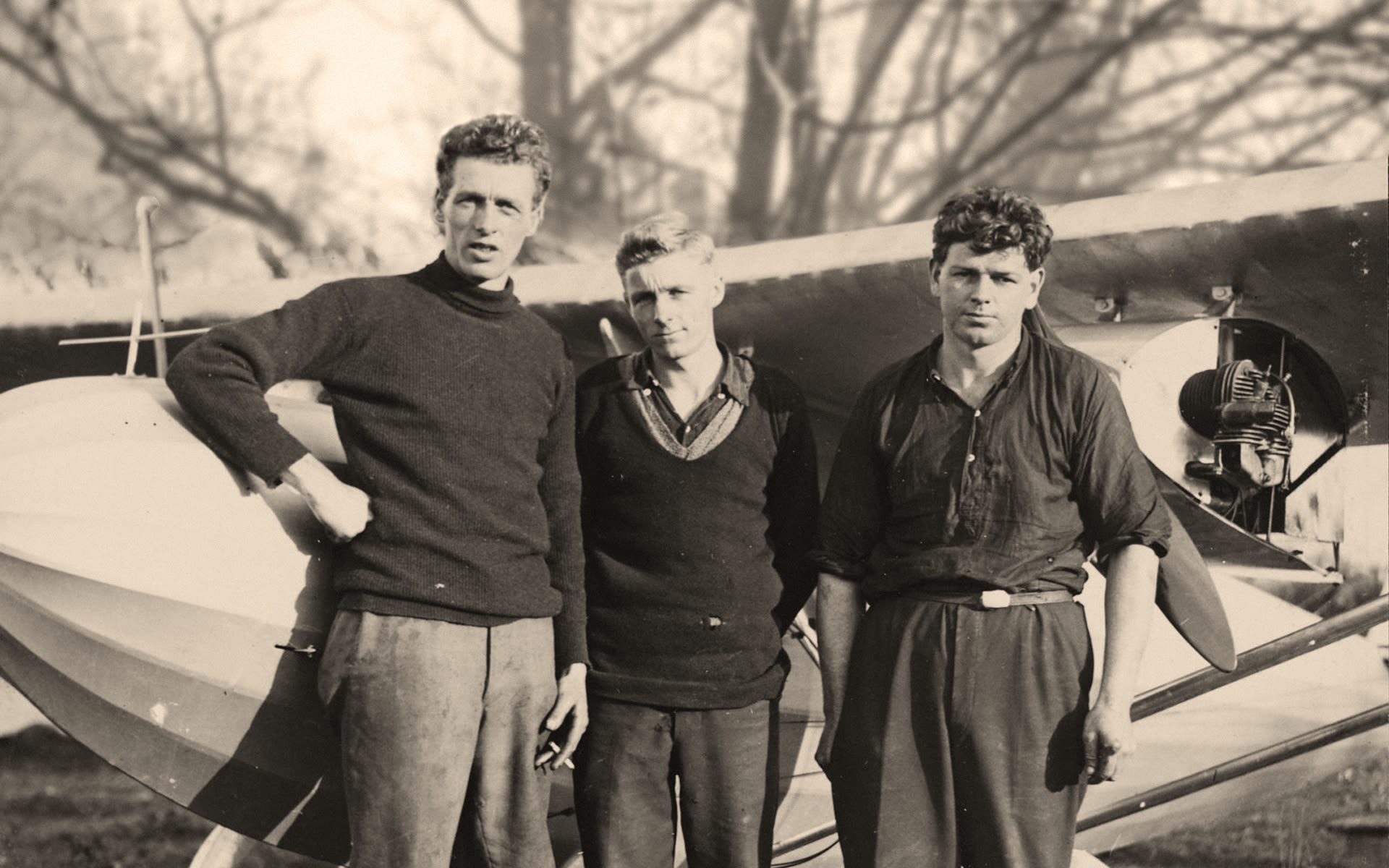
The gyrocopter built by Ron and Ernest (Ernie) Everson illustrates the ‘do it yourself’, ‘number 8 wire’ ability that New Zealanders pride themselves on having.
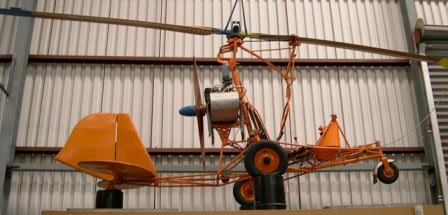
A gyrocopter – also known as an autogyro or gyroplane – is a type of rotorcraft that uses an unpowered rotor to develop lift. Unlike a helicopter, which uses an engine to power its spinning rotor blades, a gyroplane's upper rotor blades are not powered by an engine. Instead, the engine powers a back propeller that pushes the gyrocopter forward. As the aircraft moves, air passes naturally through its rotor blades, creating lift.
The gyrocopter was invented by Juan de la Cierva, a Spanish engineer, pilot and aeronautical engineer. The first successful flight was on 9 January 1923 at an airfield in Madrid, Spain in an aircraft with a front-mounted engine and propeller. Later models of gyrocopters featured a rear-mounted engine and propeller in a pusher configuration, that is, the propellers are behind their engines. The term ‘gyrocopter’ was first used by E. Burke Wilford who developed the Reiseler Kreiser feathering rotor equipped gyroplane which first flew in 1931.
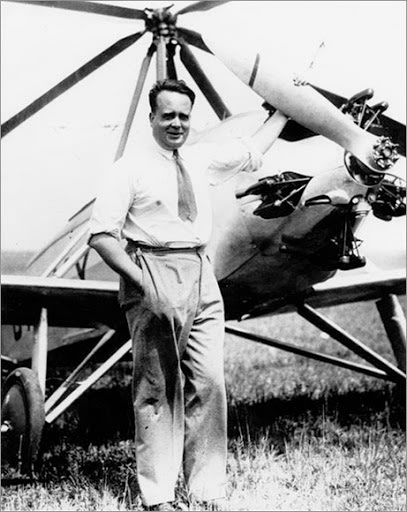
The gyrocopter at MOTAT was built by brothers, Ron and Ernest (Ernie) Everson in 1965, and was donated to the museum by Ron in 1982. It is built of tubular metal pipe with an uncovered tubular chassis. There is a centre pole with a large, free-floating rotor blade which provides the lift. Steering is from a tail-rudder (no ailerons) by angle of rotor blades, controlled by a smith bar. A single bucket seat is fitted above the middle of the chassis and over the fixed undercarriage. The power plant is a VW12 air-cooled engine which is mounted above and behind the bucket seat. The engine is fitted to a tubular frame anchored off the centre pole. The propeller is timber in a pusher configuration.
An article from the New Zealand Herald on 15 October 1965 reports that Ernie and Ron Everson had flown their gyrocopter, ‘Double E’ at Muriwai beach the day before, adding that it flew about 100 yards (c91 metres). Ron and Ernie are described as Mount Roskill, Auckland engineers who had spent the previous six months building the gyrocopter which Ernie had designed. Ernie expected it eventually to be able to fly at around 10 mph (c16 kilometres per hour) and at a height of between 10-12,000 feet (c3-3600m). He informed the reporter that, after what was called a ‘successful flight’, the brothers were going to spend the next few weeks making adjustments as they did not wish it to suffer the fate of two of their previous aircraft and crash irreparably.
Ernie Everson had a long history of invention, having previously built three aircraft and a similar number of automobiles, beginning in the late 1920s. With help from his younger brother Arthur, Ernie built his first aeroplane in 1928 at his house in Auckland’s Herne Bay. Called ‘Evo’ (a nickname of Ernie’s), it was a single-seat wooden monoplane with a 7-9 horsepower motorcycle engine. Despite neither brother having any flying experience, Ernie was the test pilot at the Māngere speedway in Pukaki Road in July 1929.
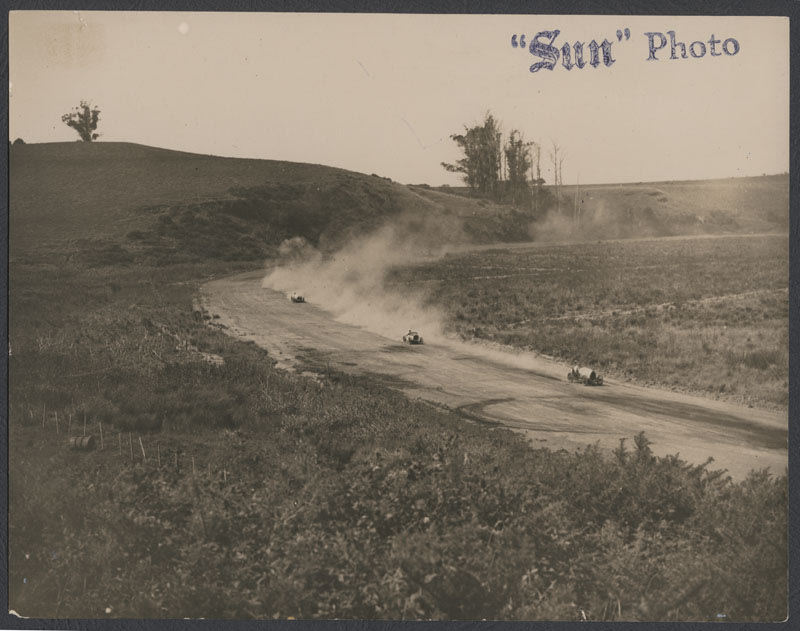
A previous attempt the month before had been unsuccessful when the ‘Evo’ was damaged while taxiing on the runway. Ernie replaced the original propeller with a larger one and tried again. Described as ‘ambitious’ and ‘daring’, the July test flight ended in disaster after the machine nose-dived off a ridge and was ‘reduced to a tangled mass of wood, metal and canvas’. (New Zealand Herald, 11 July 1929, p. 10)
In early December 1930, Ernie and Arthur tried again with ‘Evo II’ – with the same result. This aircraft had a recently-purchased 200 hp aircraft engine and was a two-seater. Ernie was pilot again and Arthur the passenger during the test flight at Muriwai beach. ‘At the end of the beach Mr. Everson opened- up the engine, and the machine gathered speed as it made its run. When it was travelling at from 45 to 50 miles an hour, Mr. Everson brought the tail up and the machine continued for a short distance further.’
Eyewitnesses reported that ‘after the tail had lifted the left wing collapsed and the machine plunged on its nose, turning over and coming to rest with the wheels in the air.’ Ernie said afterwards that he had ‘left the ground and had attained a slight altitude before the crash. He was not strapped in, and when the aeroplane turned over he was flung out of the cockpit along the sand, while his brother was forced through the fuselage, carrying away a portion of the pilot's seat with him.’ (New Zealand Herald, 6 December 1930, p. 15)
Four years later the brothers had moved to Te Kauwhata, south of the Bombay Hills and had built another aircraft, a twin-engine, single seater monoplane in which Ernie made a successful, hour-long trial flight on 29 May 1934. This aircraft, ‘Evo III’, had taken Ernie and Arthur about 15 months to design and build, with financial help from Ernie’s employer, Ivan Waugh. The monoplane was powered by two 40 hp Bristol Cherub Mark III engines.

In August 1934 Ernie flew ‘Evo III’ from Rangiriri to Hobsonville air base to be tested for a Civil Aviation Authority certificate of airworthiness. He had hoped to enter the aircraft in the MacRobertson Centenary Air Race (held to commemorate Melbourne’s centenary) in October 1934 from London to Melbourne but was unable to get the airworthiness certificate in time.
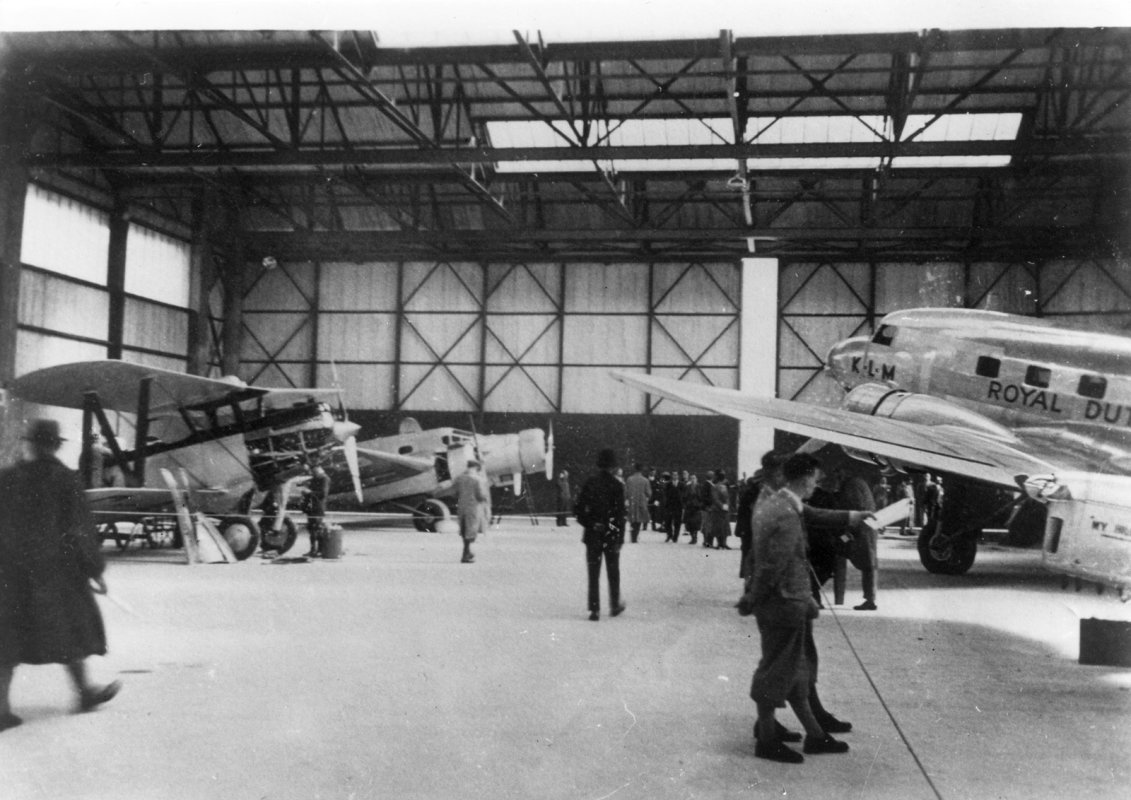
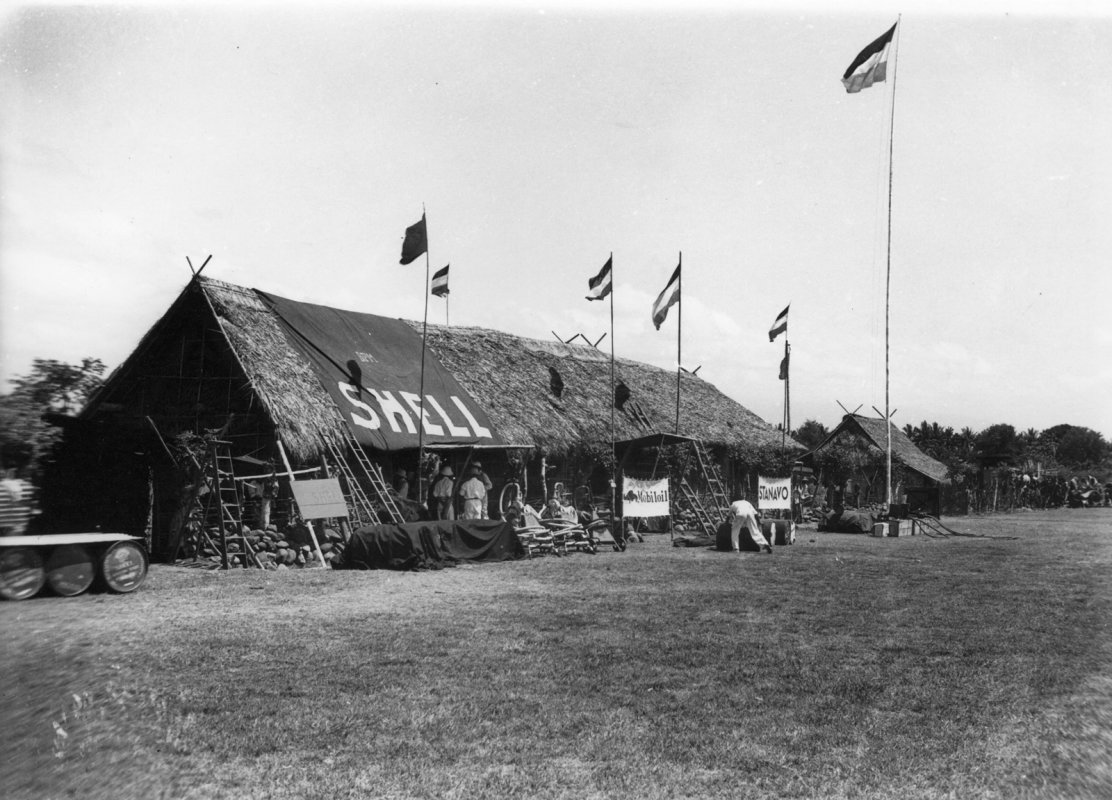
The ‘Evo III’ is still the only twin-engine homebuilt aircraft made in New Zealand.
Ernest and Arthur Everson’s involvement with building their own aircraft is a testament to the excitement that surrounded the new field of aviation in the 1920s and ‘30s. The newspaper inches given to the exploits of Jean Batten, Charles Kingsford-Smith and others reflects this excitement. And the Everson's’ ability to build their own aircraft reminds us of the simplicity of such craft at the time.
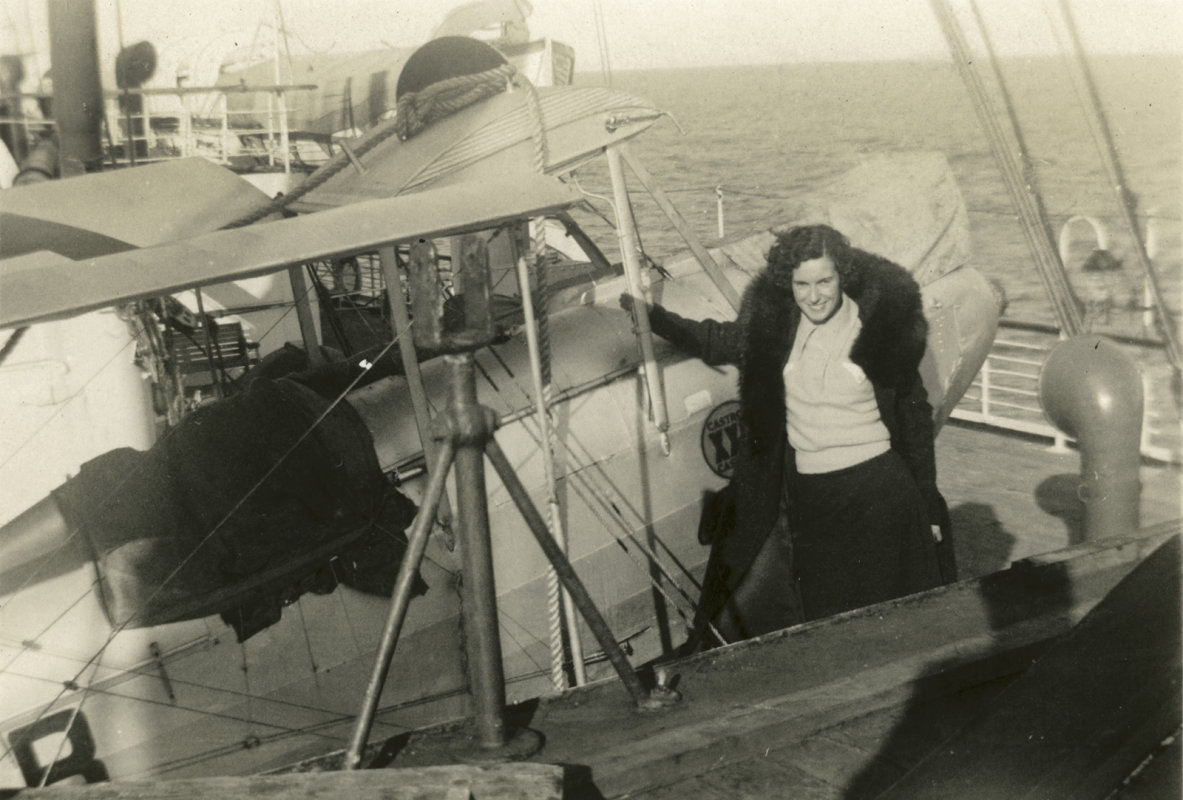
The brothers later turned to building automobiles. Between 1935 and 1937 they designed and built a small two-seater motor car, named the Everson Cherub.
The determination that the Everson brothers showed in building and testing the gyrocopter and their earlier aircraft are evidence of their ability to understand - and love - the science of flight and illustrate New Zealand’s rich history of innovation and ingenuity.
-----------------------------------------------------------------------------------------
Story by Megan Hutching, Oral Historian, MOTAT
Citation:
Hutching, Megan. 'A good toy': the Everson gyrocopter. MOTAT Museum of Transport and Technology. First published: 23 July, 2021. URL www.motat.nz/collections-and-stories/stories/a-good-toy-the-everson-gyrocopter